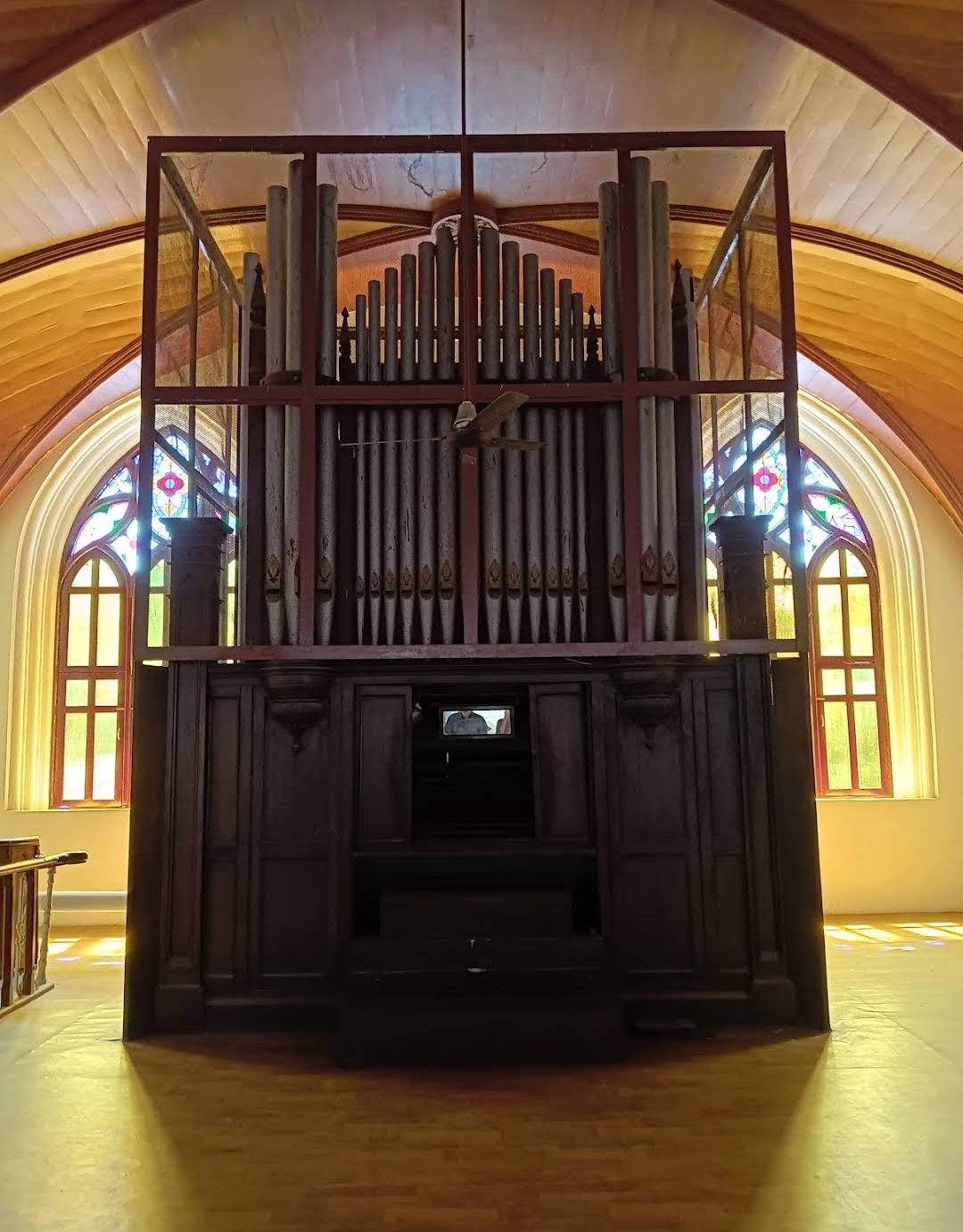The Santhome Church stands as a profound testament to the spiritual journey of Saint Thomas, one of Jesus' apostles who arrived in India during the first century AD. Located in Chennai, this sacred site commemorates Thomas' evangelical mission and martyrdom, representing a pivotal moment in the spread of Christianity across the subcontinent. His arrival in 52 AD and subsequent preaching in the region marked a transformative period of religious exploration and cultural exchange.
Portuguese explorers played a crucial role in recognizing and preserving this sacred location. In 1522, they initiated the church's construction, transforming a neglected tomb into a magnificent place of worship. The church's consecration in 1523 signaled the beginning of a significant Christian presence in southern India, with daily masses and missionary activities becoming integral to the site's spiritual landscape.
The architectural evolution of Santhome Church reflects the complex historical narratives of colonial India. The British reconstruction in 1893, completed in 1896, introduced a stunning Neo-Gothic design that merged European architectural sensibilities with local cultural contexts. Featuring intricate teak wood rib vault ceilings and impressive marble and granite elements, the church became a visual representation of cultural synthesis and architectural innovation.
Religious significance permeates every aspect of this sacred space. The Mylai Matha tradition, centered around a gold-painted wooden statue of Mary brought from Lisbon in 1523, continues to inspire deep devotion. The annual December feast, believed to have been initiated by Francis Xavier, draws worshippers who participate in prayers, processions, and benediction, maintaining centuries-old spiritual practices.
The church's unique status as one of only three churches worldwide built over an apostle's tomb elevates its global religious importance. Its museum houses extraordinary artifacts, including the spear believed to have killed Thomas and fragments of his remains. These relics attract pilgrims and historians alike, transforming the site into a repository of profound historical and spiritual significance.
Historical events have consistently intersected with the church's narrative. During the First Carnatic War, the surrounding area became a strategic location, with French forces using the locality as a critical retreat point. Such historical interludes demonstrate how religious sites often become silent witnesses to broader geopolitical transformations.
The church's architectural grandeur is particularly noteworthy. Its two spires, with the primary reaching 45 metres, symbolize spiritual aspiration. The central spire is strategically positioned to indicate Thomas' tomb, while stunning stained glass windows and sculptural elements like the statue of Thomas touching Christ's wound create a visually compelling spiritual environment.
In recent decades, the church has continued to evolve. Declared a National Shrine in 2004, it underwent significant renovations, including the construction of a new underground chapel. This restoration not only preserved its physical structure but also reaffirmed its status as a critical cultural and historical landmark, ensuring that the legacy of Saint Thomas and the narrative of early Christianity in India remain vibrantly alive.







